8 industrial standards shaping EV manufacturing
Standards around safety inspections and smart charging are making electric vehicles safer, smarter, and more accessible for everyone

Car owners are gravitating toward electric vehicles (EVs) due to their sustainability, practicality, and other benefits. To meet this demand, more than 17.3 million EVs were made in 2024, a quarter more than in 2023. However, as production ramps up, manufacturers need to monitor the safety and performance of these units.
EVs are relatively new additions to the market, and it’s important to build consumer trust to attract more spending power toward these products. Ensuring drivers and passengers have a safe experience in the car is key to upholding that trust.
One way to meet those expectations is to ensure electric cars adhere to the proper safety standards. All EVs are already required to meet safety standards similar to those of conventional light-duty cars and trucks. Their overall design and key features — like battery packs — also undergo testing and approval.
Understanding these standards as a consumer can help reassure you. Numerous international bodies — such as the International Electrotechnical Commission (IEC) and the International Organization for Standardization (ISO) — set these guidelines.
Separate national regulatory agencies and industry-specific organizations also provide guidelines. These standards are developed and implemented thoroughly, especially since they still need to comply with local laws.
International terms — such as ISO 6469, IEC 60364, and COM-HPC — can also seem highly technical to the average driver or passenger. However, it’s essential to understand that each one plays a role in EV manufacturing, which directly impacts everyday drivers and society.
Understanding every single one can seem excessive and overwhelming. Learning about the key industrial standards that shape EV manufacturing and consumer experience can give you insight into your potential vehicle.
2 / 9
1. ISO 6469-1

Benjamin Brunner | Unsplash
ISO 6469-1 is a document that highlights the importance of EV safety inspections. More specifically, it touches on safety requirements for rechargeable energy storage systems of electrically propelled vehicles. While it doesn’t have any guidelines on the actual manufacturing, it sets goals for ensuring battery safety and crash protection for both drivers and passengers.
3 / 9
2. IEC 60364-1

go-e | Unsplash
The charging stations where EVs are parked and essentially refueled are considered low-voltage electrical installations. The IEC 60364-1 is a great reference for their general characteristics and safety features. It regulates charging systems in residential, commercial, public, and industrial premises, among other things.
4 / 9
3. COM-HPC
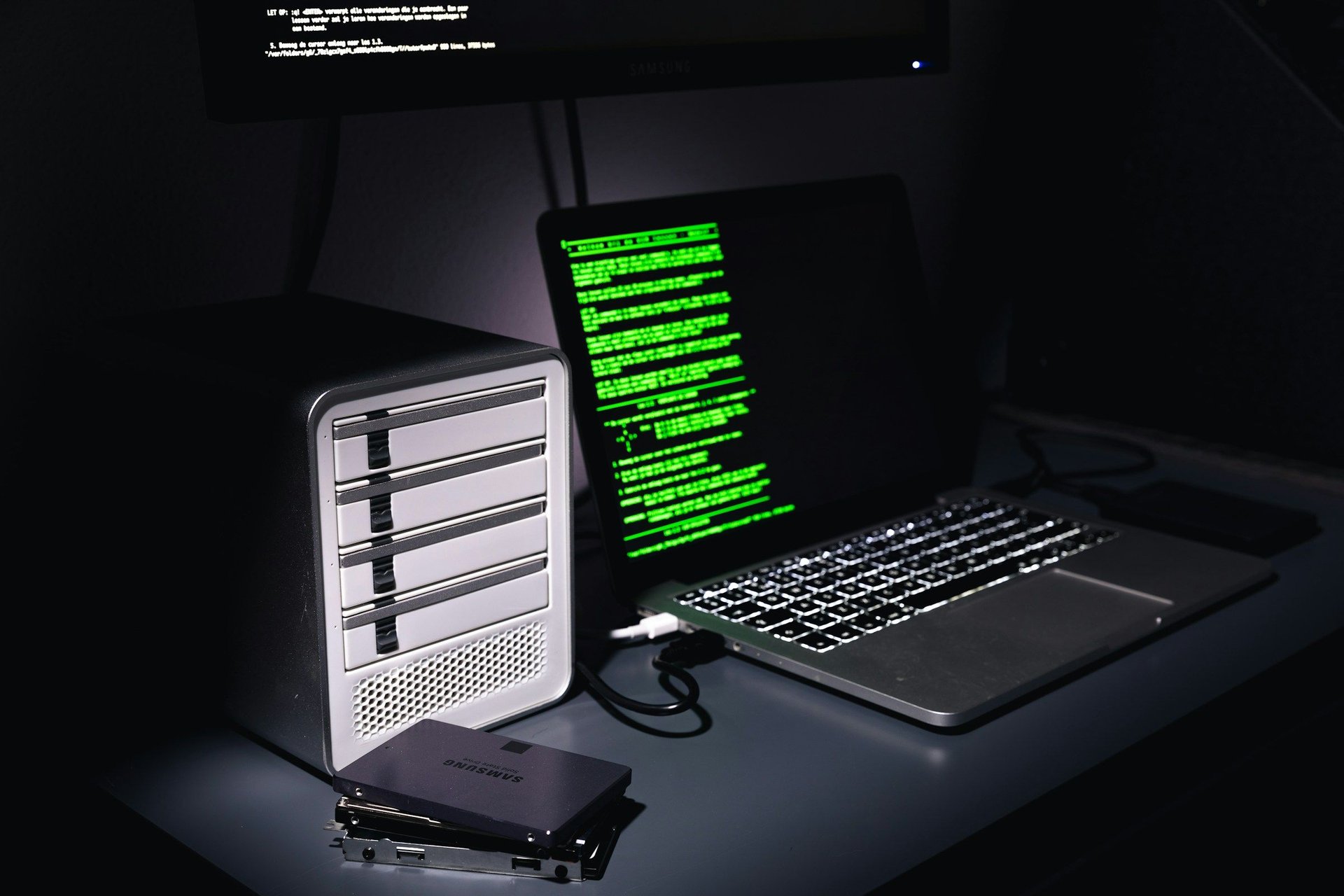
Rohan | Unsplash
Modern EVs rely on robust computing systems to manage features like autonomous driving and advanced navigation. The COM-HPC (Computer-on-Module for High-Performance Computing) standard is designed to be the powerful brain of these systems. It uses a compact module containing the processor and memory that plugs into a custom carrier board. This architecture allows manufacturers to integrate immense data processing power directly where it's needed, handling the massive flow of information from cameras, LiDAR, and other sensors in real time.
5 / 9
4. PICMG 1.3

Magnus Engø | Unsplash
For the core control functions of a vehicle, reliability and serviceability are paramount. The PICMG 1.3 standard serves as the system's backbone, providing a stable foundation for various electronic components. This standard uses a Single Board Computer (SBC) that slots into a passive backplane. The main advantage of this design is its durability and expandability; while a normal motherboard has few expansion slots, a PICMG backplane can offer up to 18 or more. This allows manufacturers to create a highly customized and easily repairable system to manage everything from battery systems to cabin controls.
6 / 9
5. ISO 15118
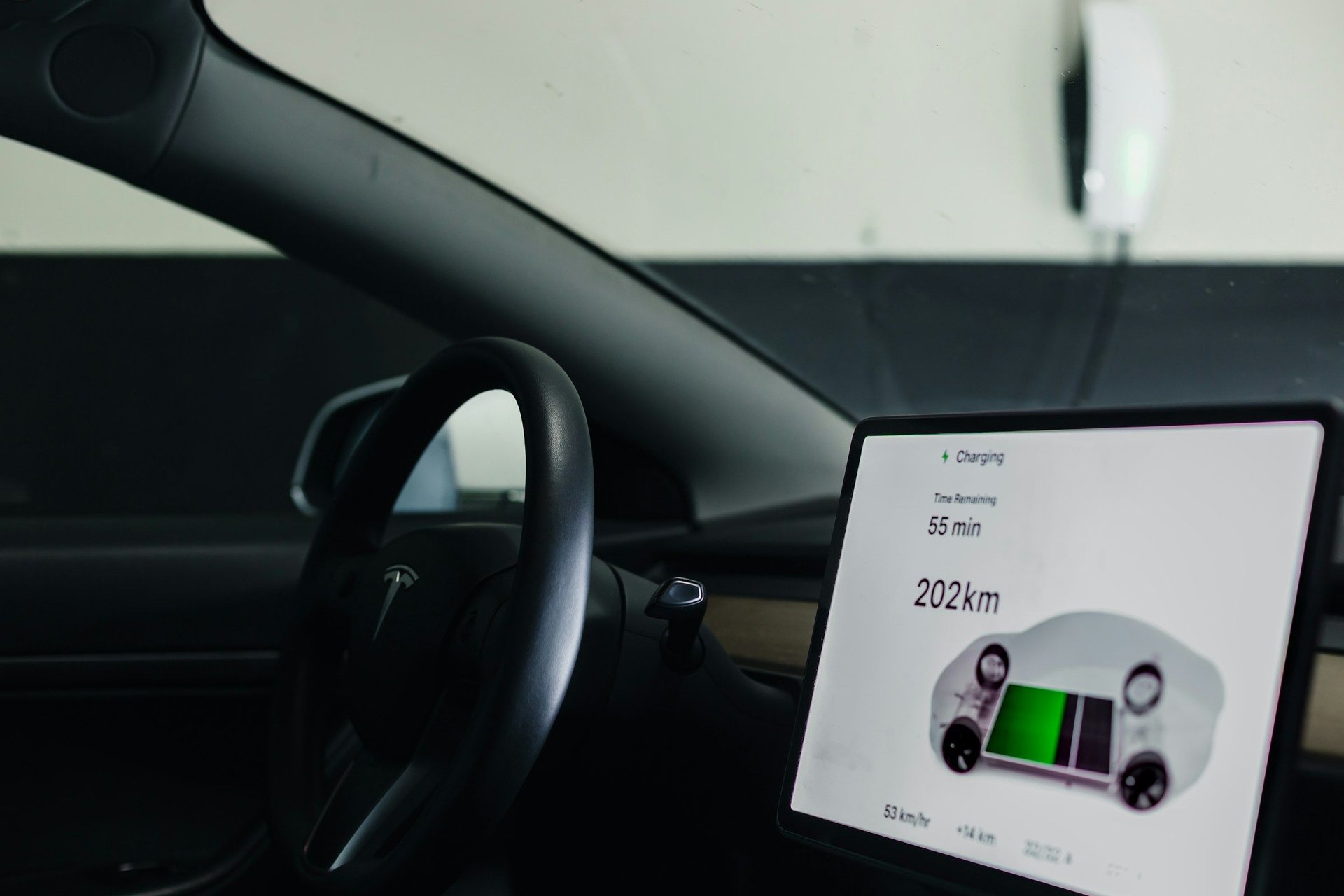
Priscilla Du Preez | Unsplash
ISO 15118 is a key standard that outlines how EVs should communicate directly with charging stations for a more seamless payment and authentication process for users. It also enables plug-and-charge convenience for an improved driving experience.
In the grand scheme of EV manufacturing, the standard also shows the potential of integrating EVs into smart grids and enabling them to feed energy back to the grid. The nature of this power flow would improve the energy efficiency in the long run.
7 / 9
6. SAE J1772
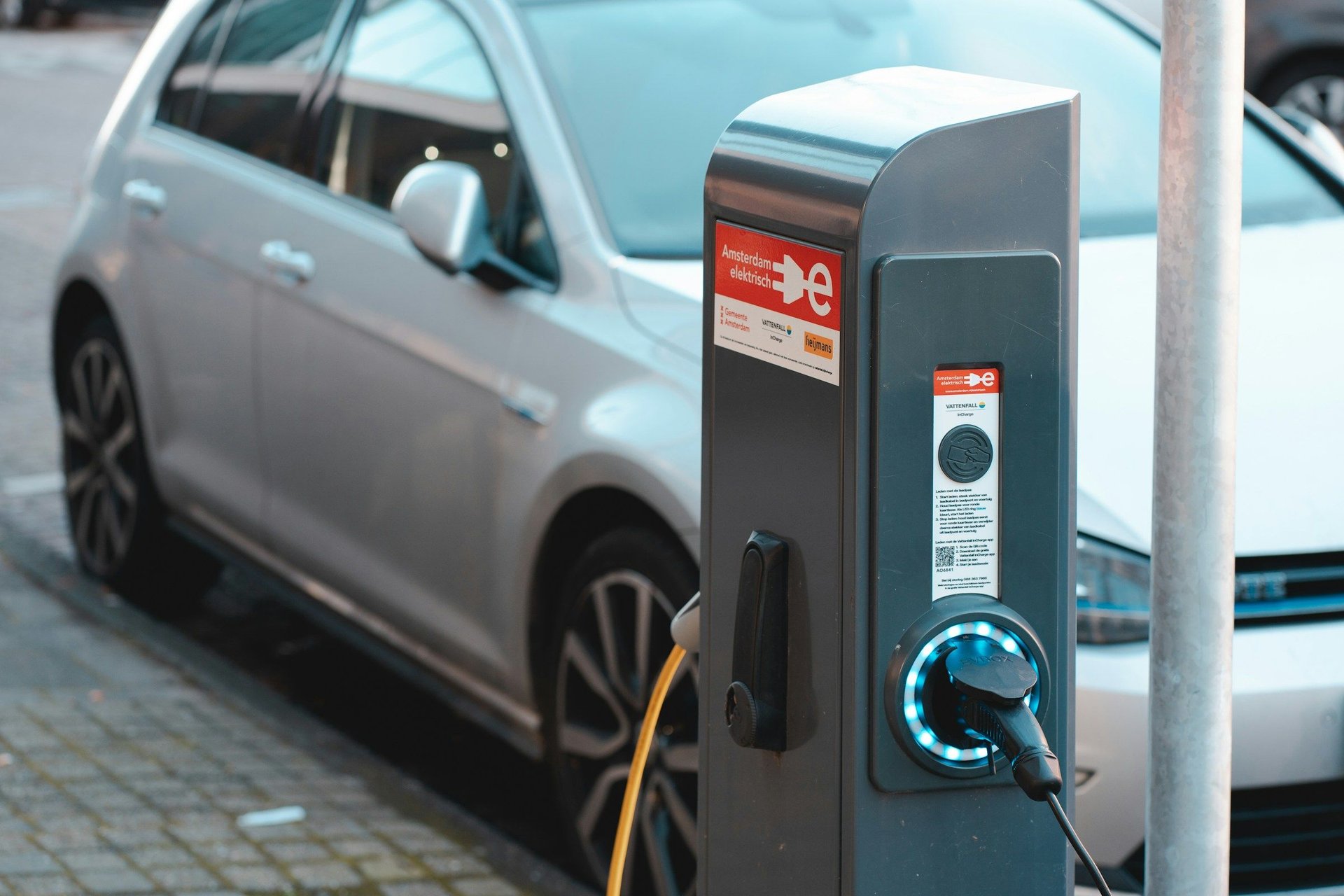
Ernest Ojeh | Unsplash
The SAE J1772 pertains to EV charging and, specifically, how universal connectors are. It defines the common EV model along with the operational and functional requirements. Manufacturers following this standard will ensure compatibility between EVs and charging stations in North America, simplifying the charging experience.
8 / 9
7. UN ECE R100
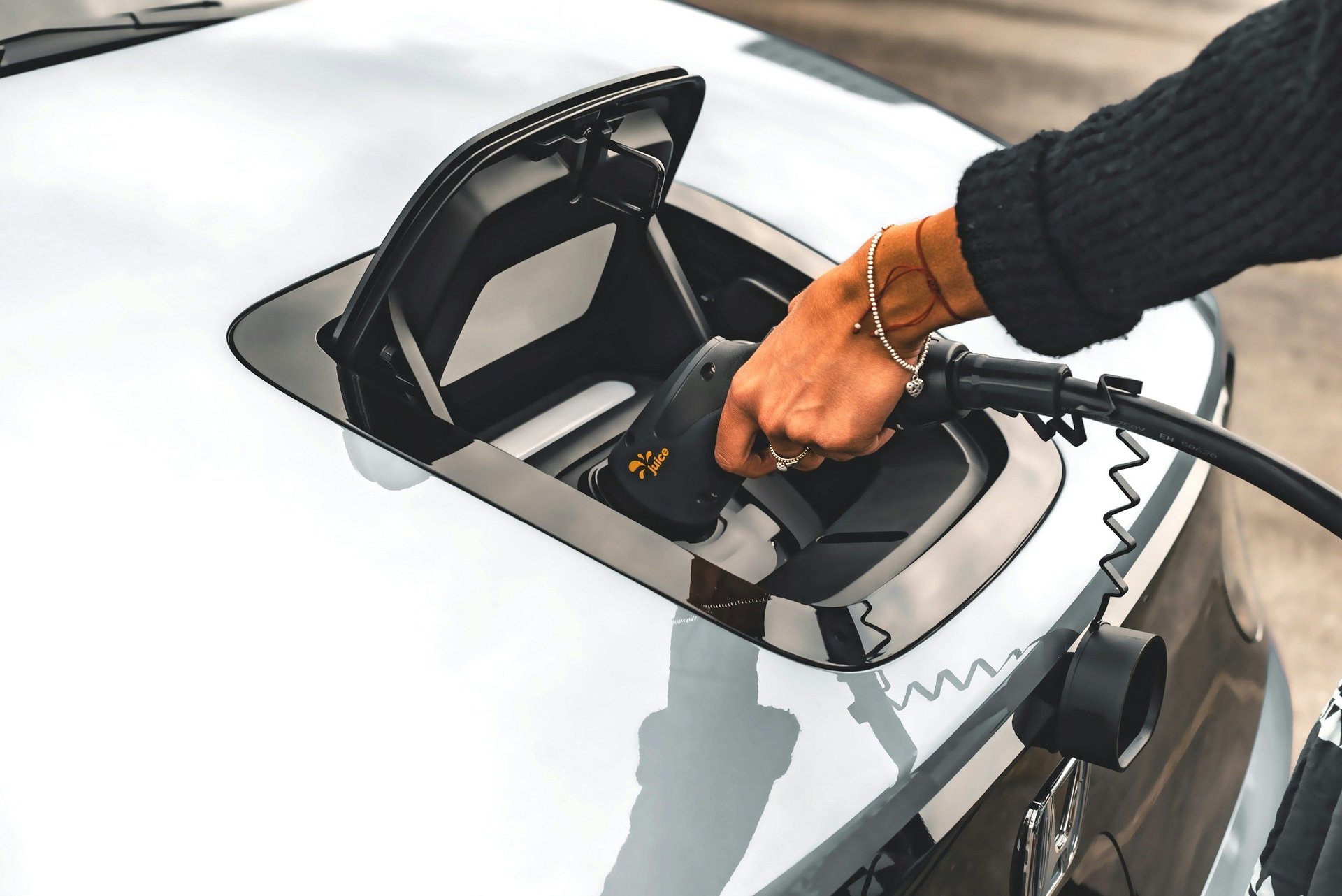
JUICE | Unsplash
The UN ECE R100 touches on global battery safety regulations. It highlights the necessity of achieving battery safety, which can help prevent fires and other hazards. Proper production from manufacturers ensures batteries last a decade or two, especially if combined with consumer maintenance.
9 / 9
8. ISO 26262
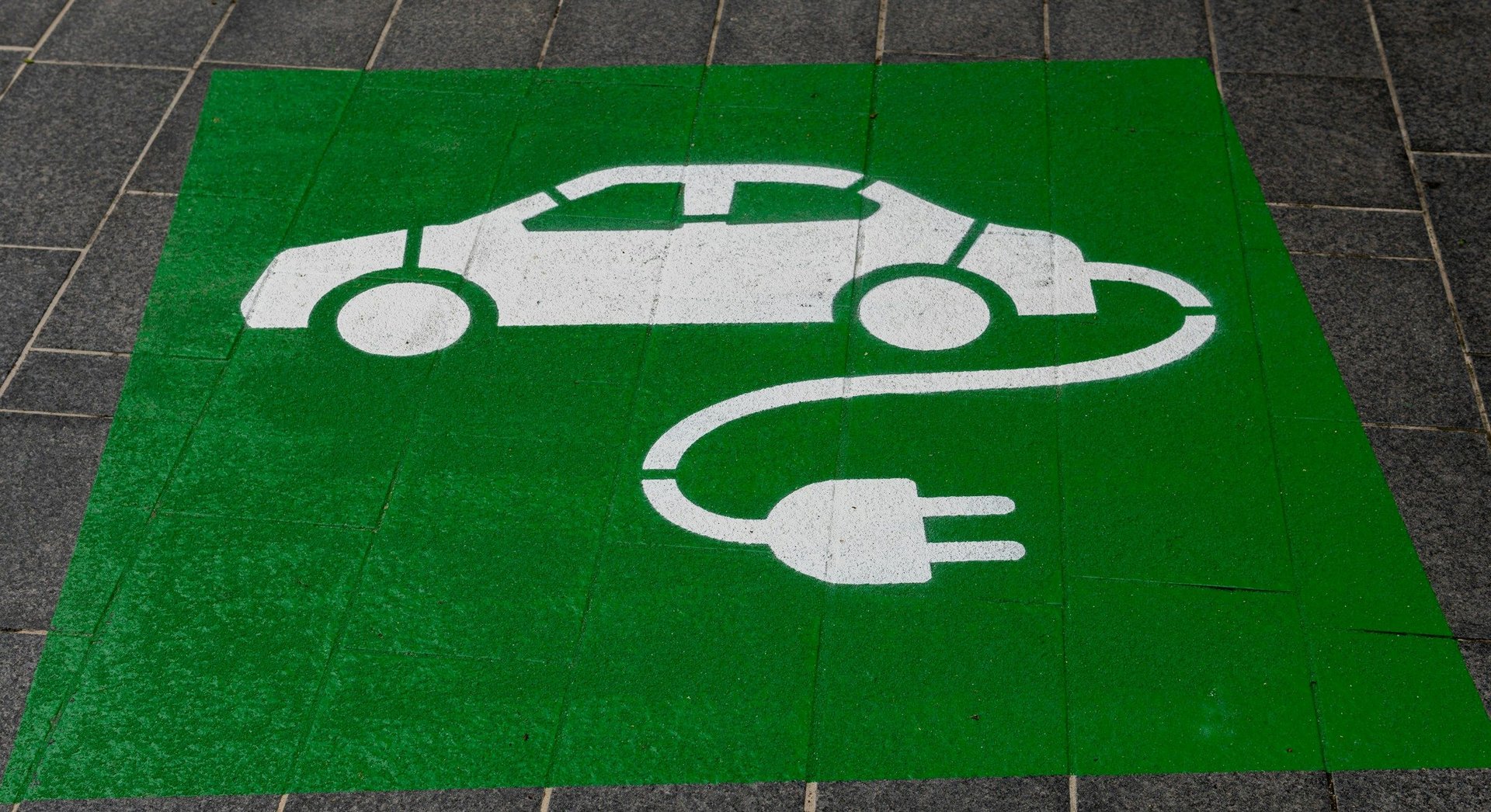
Michael Marais | Unsplash
Functional safety for vehicle electronics also involves addressing systematic risks and random hardware failures. ISO 26262 ensures the reliability of electronic systems in EVs, from braking to battery management. These systems can help with features like regenerative braking, which can minimize brake wear and noise.
